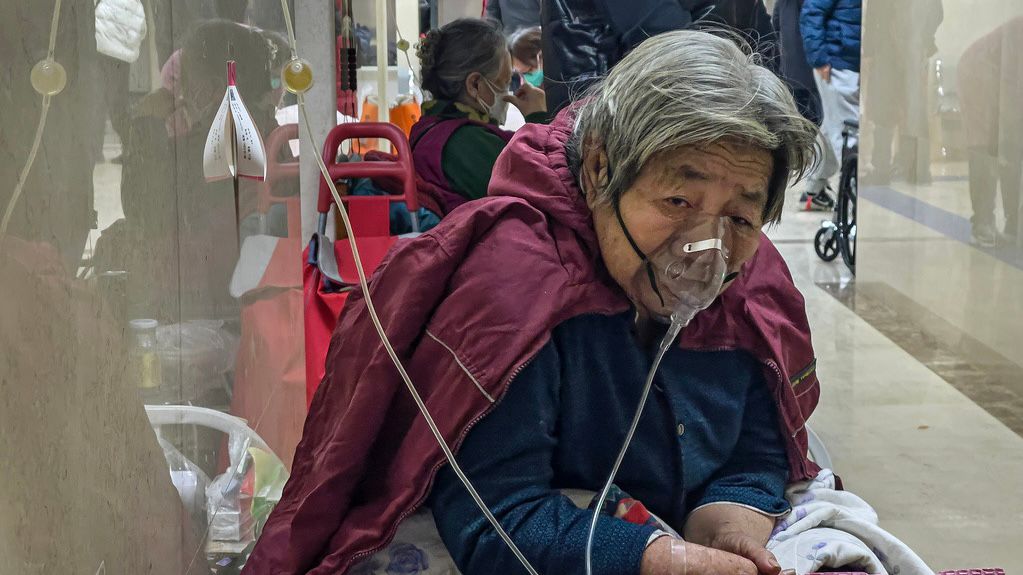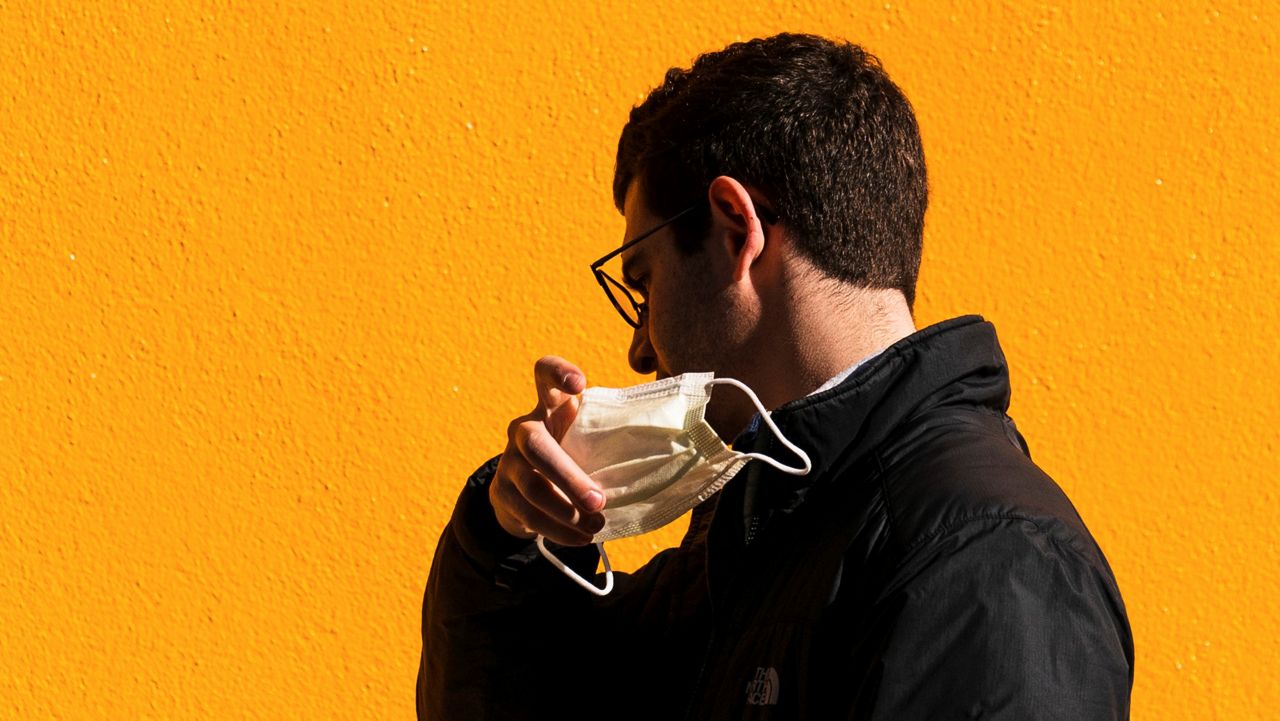The Centers for Disease Control and Prevention announced Thursday that it will ease indoor mask restrictions for fully vaccinated people, pushing the country yet another step toward a return to normalcy.
The new guidance still calls for wearing masks in crowded indoor settings like buses, planes, hospitals, prisons and homeless shelters, but eases restrictions for reopening workplaces and schools. The guidance is not intended for health care settings.
The CDC also no longer recommends that fully vaccinated people wear masks outdoors in crowds.
“Anyone who is fully vaccinated can participate in indoor and outdoor activities, large or small, without wearing a mask or physical distancing,” CDC director Rochelle Walensky said during a briefing on Thursday. “If you are fully vaccinated, you can start doing the things that you had stopped doing because of the pandemic.”
“We have all longed for this moment, when we can get back to some sense of normalcy,” Dr. Walensky continued, adding: “That moment has come for those who are fully vaccinated.”
An individual is considered fully vaccinated against the virus two weeks after receiving the second dose of either the Moderna or Pfizer vaccine, or two weeks after the single-dose shot from Johnson & Johnson.
The new guidance will impact the nearly 117 million Americans who are fully vaccinated against the virus, according to CDC data. Officials hope the chance for a return to a more normal life will inspire at least some vaccine-hesitant people to get their jab.
Dr. Cameron Webb, a senior advisor to the White House on the COVID-19 response, told Spectrum News on Thursday that the CDC hopes to “lean into the freedoms that Americans have,” saying while the choice to get vaccinated is up to the individual, it’s important to understand the risks.
“This announcement today speaks to our evolving understanding of the risk, the very low risk for vaccinated individuals, and the unchanged, very real risk for unvaccinated individuals,” Dr. Webb said.
For now, masks are still required for all Americans on transportation — planes, trains, buses and more — under a Transportation Security Administration mandate that currently goes through September.
On Thursday, Dr. Webb told Spectrum News that the CDC is constantly re-evaluating its guidance but that travel still remains more risky.
“It’s also to protect people in those tighter spaces, just be a little extra cautious because of the way the virus can spread,” he said. “If more controlled studies looking specifically at that don't tell us that that's the case, you may see those recommendations change.”
CDC officials said the updated guidance stems from a “body of evidence” supporting the efficacy of COVID-19 vaccines, and confirmed that not only are they effective in real-world scenarios, but also protect against variants of the disease. Vaccinated people are also much less likely to transmit the virus to others, officials added.
Still, Dr. Walensky warned that the virus is unpredictable, and officials may need to alter guidance should another surge in COVID-19 cases, hospitalizations, or deaths arise.
The best way to prevent tightened restrictions? Get vaccinated, Walensky said.
“We know that the more people are vaccinated, the less cases we will have and the less chance of a new spike or new variants emerging,” she added.
Those who are unvaccinated still remain at risk of contracting and spreading the virus, and are still advised to wear a mask and practice social-distancing. Should a vaccinated individual develop COVID-like symptoms, they should once again start wearing a mask and get tested for the virus immediately.
“For unvaccinated individuals, if you're out and about in communities without a mask, that is a risk you are taking every time, a very real risk to you, yourself, your family, and your community,” Dr. Webb told Spectrum News. “You don't know who's walking around, who's vaccinated or who's not. And so if you're unvaccinated, you're taking on the risk.”
CDC officials also announced that the federal government will soon release $7.4 billion in funding from President Biden's $1.9 trillion COVID-19 relief bill, the American Rescue Plan, to “hire, train, and support public health workers across the country."
Over half of the money, around $4.4 billion, will go to states and localities to create new jobs in the public health sector. The remaining $3 billion will be focused on preparing the same jurisdictions for future pandemics.










